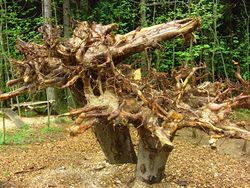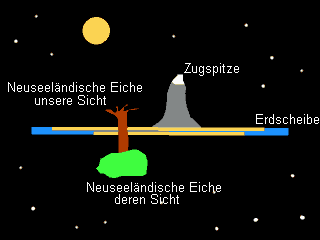Neuseeländische Eiche: Unterschied zwischen den Versionen
Zur Navigation springen
Zur Suche springen
(Clear und Klippklapp) |
Dufo (Diskussion | Beiträge) K (interwiki) |
||
| Zeile 17: | Zeile 17: | ||
|r-style=background-color: transparent;|style-at=background-color: transparent;|style-et=background-color: transparent;|style-ai=border: 1px black solid; background-color: #ffffff; position: absolute; width: 250px; left: 10px; margin-top: -260px;|style-r=float:left; | |r-style=background-color: transparent;|style-at=background-color: transparent;|style-et=background-color: transparent;|style-ai=border: 1px black solid; background-color: #ffffff; position: absolute; width: 250px; left: 10px; margin-top: -260px;|style-r=float:left; | ||
}}</small> | }}</small> | ||
| + | |||
| + | [[wiki:Eiche]] | ||
| + | |||
[[Kategorie: Baum]] | [[Kategorie: Baum]] | ||
{{GanzGut}} | {{GanzGut}} | ||
Version vom 12. Juli 2009, 00:26 Uhr
Die neuseeländische Eiche ist auf der Unterseite der Welt berühmt für ihr dichtes Laub und ihre schöne Baumkrone. Die neuseeländische Eiche wird bis zu 1000 Jahre alt, wenn sie nicht vorher von marodierenden Schafen erklettert und kahl gefressen wird.
Sie wird im Durchschnitt 42,60 m hoch und ihre Äste sind ca. 23,34 m lang.
Sie wurde im Jahr 2005 zum Baum des Jahres gewählt und auch zum ersten Mal nach Europa importiert.
Zu sehen ist sie in Europa nur auf dem Gelände der Bundesgartenschau in Irland.
Ein rudimentäres Verständnis unserer Erde wird für die Neuseeländische Eiche vorausgesetzt.
(Illustration für eilige Unwissende)

